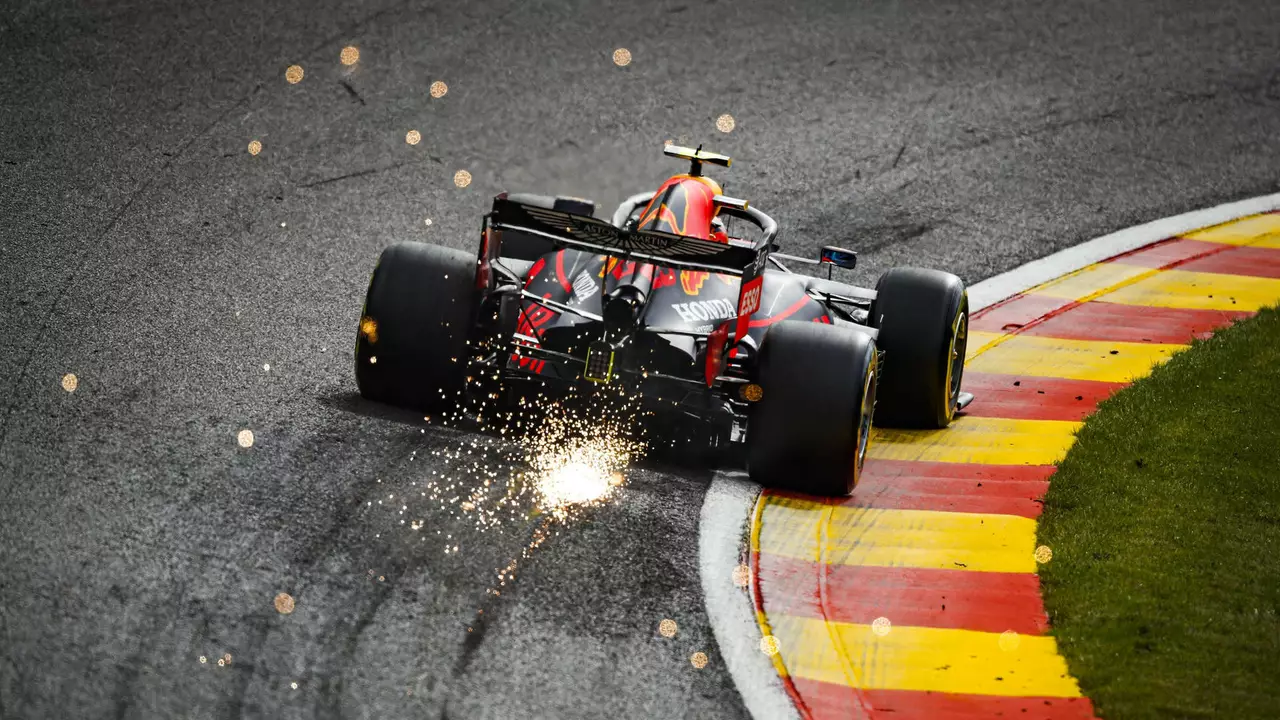Fuel Consumption: Simple Ways to Get More Miles and Faster Lap Times
Whether you’re stuck in traffic or pushing a car around a circuit, the amount of fuel you burn matters. More miles per gallon means lower costs, fewer stops at the pump, and a lighter car that can go quicker. The good news is that fuel consumption isn’t just about buying a hybrid – it’s about how you drive, what you put in your car, and a few easy habits you can adopt today.
Everyday Driving Tips
First off, keep your speed steady. Every time you slam on the accelerator, the engine spikes and uses extra fuel. Try to stay within the 50‑65 mph window on highways; the engine runs most efficiently there. Use cruise control when you can – it removes the tiny speed variations we all make without noticing.
Second, check your tire pressure regularly. Under‑inflated tires create more rolling resistance, which forces the engine to work harder. A quick glance at the sidewall and a refill to the recommended psi can shave off a percent or two of fuel use.
Third, lighten the load. Carrying a roof rack, heavy tools, or even a full trunk of groceries adds weight and drags the car down. If you don’t need those items, take them off. The lighter the car, the less fuel it needs to move.
Fourth, be smart with your air‑conditioning. Turning it on at low speeds creates extra drag, but at highway speeds the system uses less extra power than the wind resistance caused by open windows. Use the recirculate setting and keep the temperature moderate.
Racing & Track Tips
On the track, fuel consumption gets a bit more technical, but the principles stay the same. Start with a clean, tuned engine. A well‑maintained spark plug and fresh fuel filter improve combustion, letting you get more power per drop of gasoline.
Next, focus on gearing. Shorter gears let the engine stay in its sweet spot, but they also make you shift more often, which can waste fuel. Find a balance that keeps the revs in the torque‑rich zone without screaming past the optimal range.
Fuel mapping matters too. Modern race cars let you adjust the engine’s fuel map for different tracks. A leaner mix saves fuel but can overheat the engine if you push too hard. Work with your engineer to dial in a setting that gives you the speed you need while stretching each tank.
Finally, practice smooth throttle inputs. Even in a race, abrupt changes waste fuel and can make the car unstable. Feather the gas, let the car’s momentum carry you through corners, and you’ll see fewer pit stops and better lap consistency.
In short, whether you’re commuting, road‑tripping, or chasing lap records, a few mindful habits can slash fuel use. Keep the car light, the tires right, the engine tuned, and your driving smooth. You’ll save money, spend less time at the pump, and maybe even shave a second off your next lap.
How much fuel is consumed in one F1 race?
In a single Formula 1 race, the amount of fuel consumed can be quite surprising. Each car is limited to a fuel load of 110 kilograms, or roughly 144 liters, for the entire race. However, not every race sees the full fuel load used, as strategies often vary depending on the track and race conditions. Therefore, it's fair to say that while the maximum fuel consumption could be around 144 liters per car, it often tends to be less. Regardless, it's clear that fuel efficiency is a critical aspect of F1 racing.
Read More